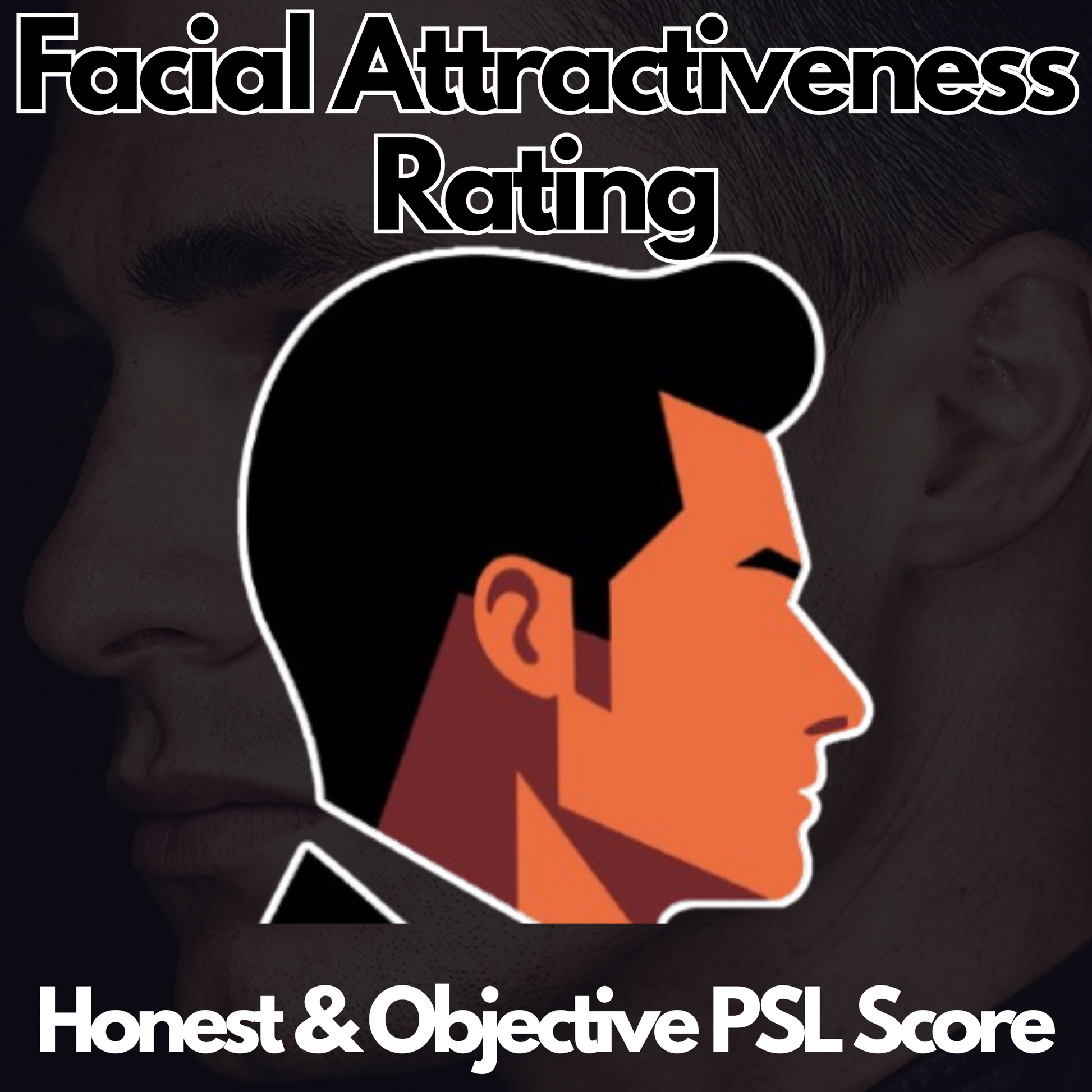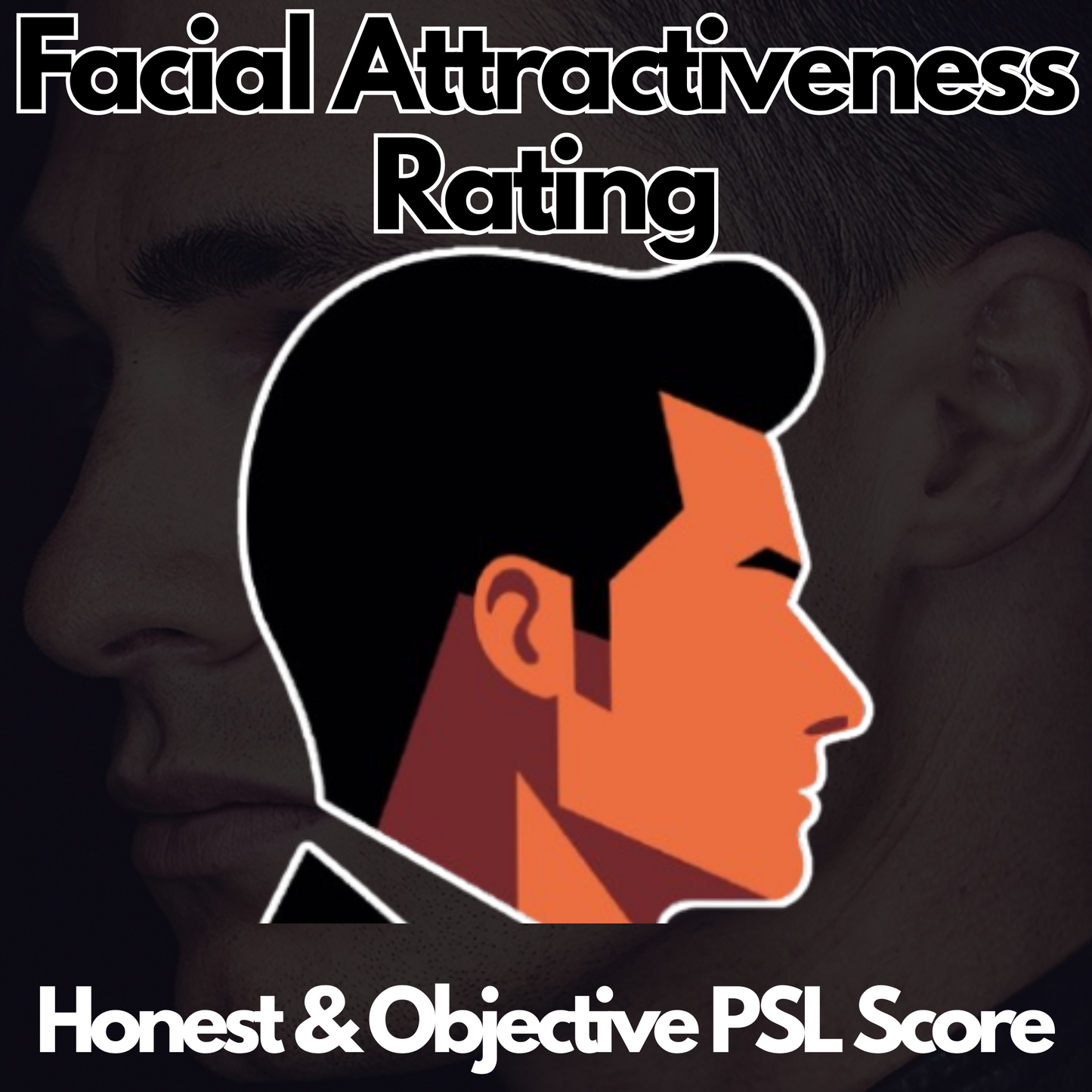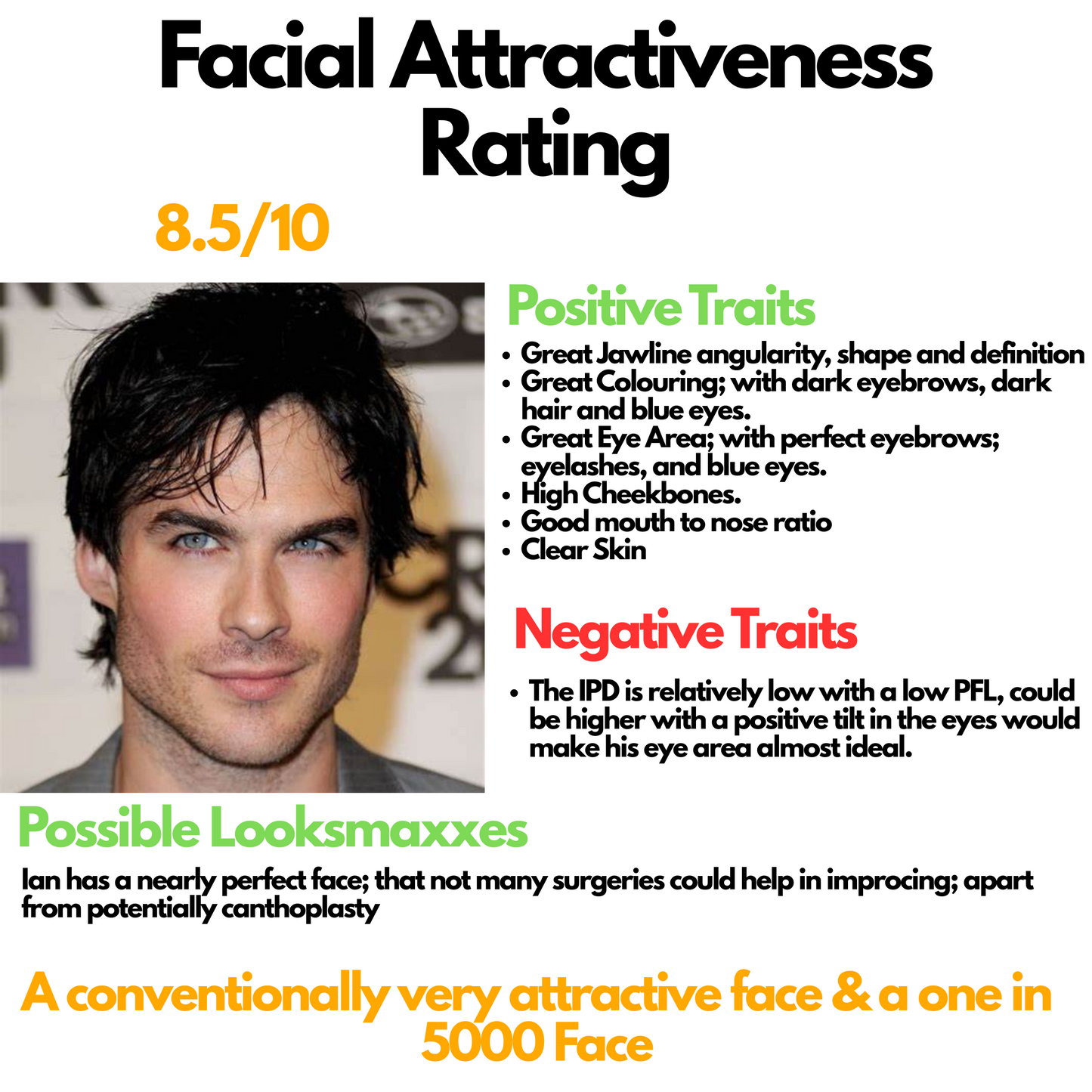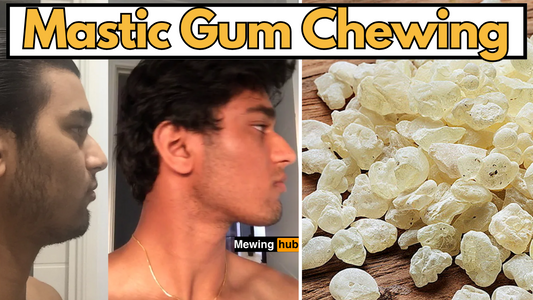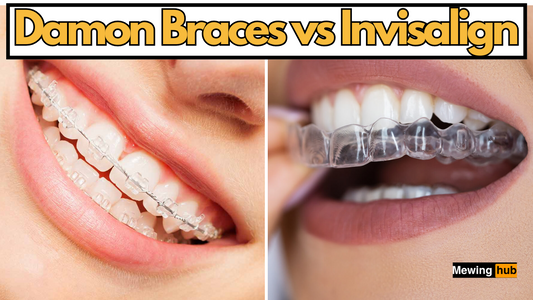Exploring the Effects of Chewing on the Jawline
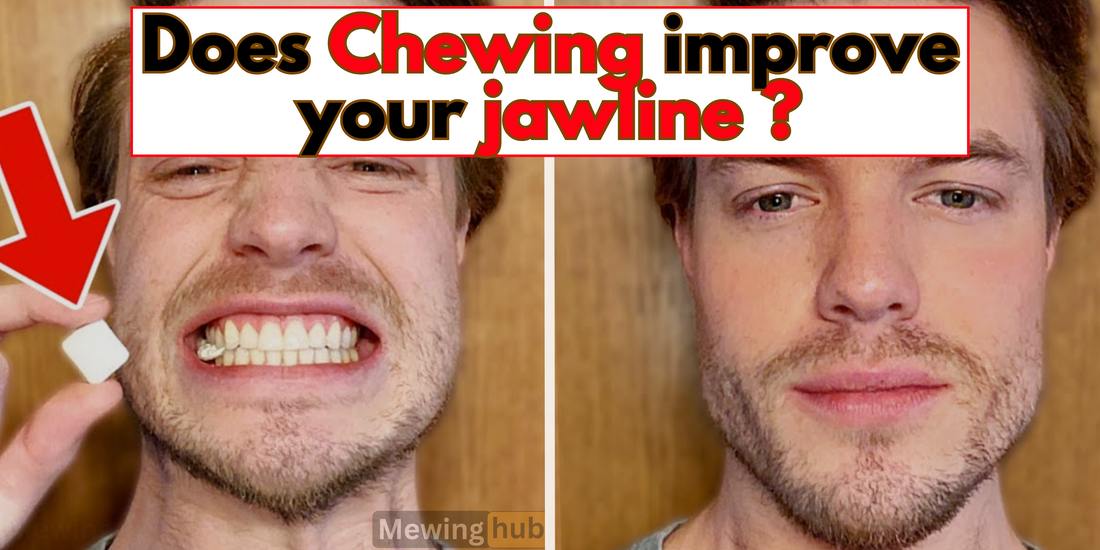
Share

Does Chewing Actually Improve Your Jawline?
The Fundamentals of Jaw Development and Chewing
Chewing, an essential function of human physiology, not only aids in the digestive process but also plays a critical role in the development of the facial structure.
The masseter muscle, one of the primary muscles involved in chewing, is directly linked to the jaw's appearance and strength.
Regular, vigorous chewing is hypothesized to stimulate muscle growth and bone adaptation, contributing to a more pronounced and angular jawline.
Evidence and Studies: Chewing's Impact on the Ramus Length
Recent studies have delved into the relationship between masticatory stress (the force exerted during chewing) and craniofacial growth, particularly focusing on the ramus length of the jawbone. The ramus is a crucial component in determining the jaw's shape and definition.
Research indicates that increased masticatory stress, such as that from chewing hard foods or using jawline trainers, can lead to a longer ramus, enhancing the jawline's angularity and definition.
Key Studies Supporting Chewing and Jawline Development
- Journal of Oral Rehabilitation (2020): This study found that individuals who engaged in regular chewing of hard foods exhibited greater ramus length compared to those with softer diets.
- American Journal of Orthodontics and Dentofacial Orthopedics (2021): Research demonstrated that the application of consistent masticatory stress through chewing exercises resulted in noticeable improvements in jawline definition and muscle tone.
Biological Mechanisms at Play: Wolff's Law in Action
The underlying principle supporting the notion that chewing can improve the jawline is Wolff's Law, which states that bones adapt based on the loads under which they are placed.
In the context of chewing, this means that regular engagement of the jaw muscles and the subsequent transmission of forces to the jawbone can stimulate bone growth and remodeling, potentially leading to structural changes that enhance the jawline's appearance.
Understanding Wolff's Law
Wolff's Law asserts that bone in a healthy person will adapt to the loads under which it is placed. If loading on a particular bone increases, the bone will remodel itself over time to become stronger to resist that sort of loading.
The jawbone, subjected to consistent masticatory stress, may adapt by increasing in density and changing shape to accommodate the force exerted during chewing.
The Potential for Aesthetic Improvement Via Chewing
This User Did Mewing and Chewing for 4 years; notice the definition of the jawline!
While the evidence points to the positive effects of chewing on jaw development, the extent of aesthetic improvement varies among individuals. Factors such as genetic predisposition, age, and the consistency of the chewing practice play significant roles in determining the results.
- Genetic Factors: Genetics largely determine the shape and structure of your jawline. While chewing may enhance certain aspects, it cannot fundamentally alter your genetic makeup.
- Consistency: Regular and consistent chewing exercises are essential for noticeable improvements.
- Age: Younger individuals may experience more pronounced effects due to their still-developing bone structures.
Health Considerations: Balancing Benefits and Risks
Temporomandibular Joint (TMJ) Health
While chewing can potentially improve the jawline, it's essential to balance this practice with the health of the temporomandibular joint (TMJ) to avoid issues such as TMJ disorders or bruxism. Overexertion and improper techniques can lead to joint pain and other complications.
- Avoid Overexertion: Excessive force or prolonged chewing can lead to TMJ discomfort and disorders.
- Proper Technique: Ensure proper chewing techniques to prevent strain on the jaw muscles and joints.
Complementary Practices for Jawline Enhancement
Jaw Exercises
In addition to chewing, specific jaw exercises can further enhance jawline definition and muscle strength. Incorporating these exercises into your routine can complement the benefits of chewing.
Proper Nutrition
A diet rich in nutrients that support bone health, such as calcium and vitamin D, can enhance the effects of chewing and contribute to overall facial aesthetics.
Train & Chisel your Jawline Now !
Conclusion: Chewing as a Natural Enhancer of the Jawline
The scientific exploration into the effects of chewing on the jawline offers promising insights into how simple, natural practices can influence our facial aesthetics. W
hile not a miracle technique for everyone seeking a sharper jawline, incorporating more vigorous chewing into one's routine—be it through diet or exercises—can be a beneficial component of a comprehensive approach to facial health and aesthetics.



